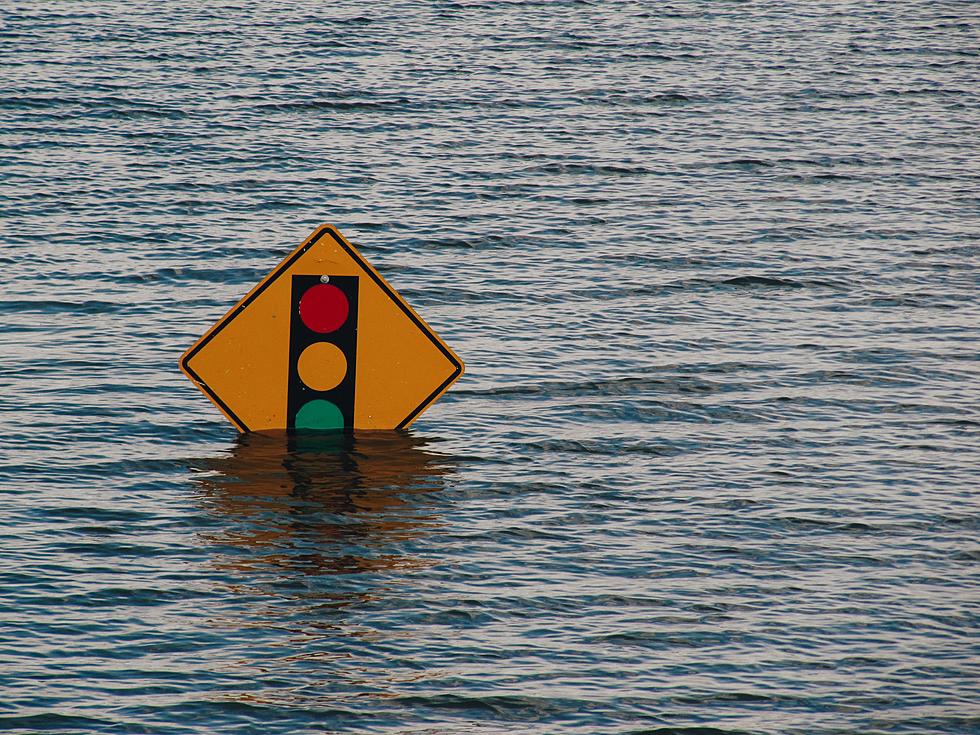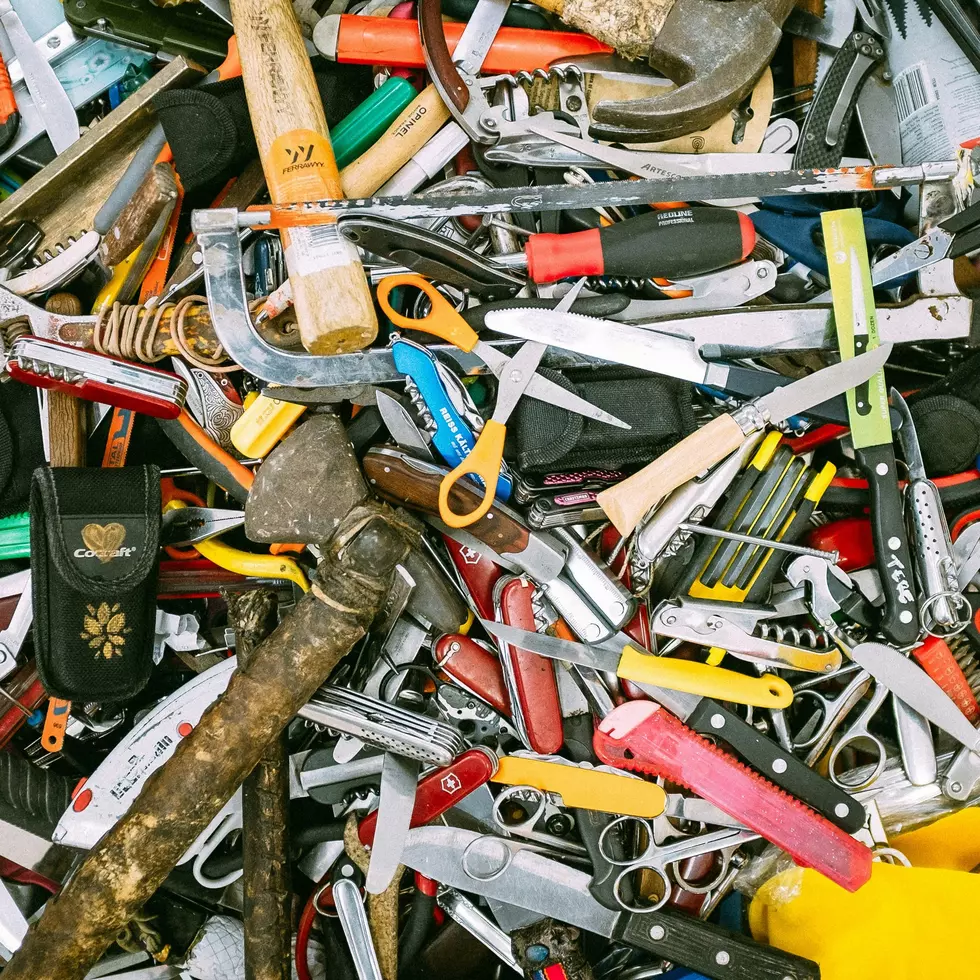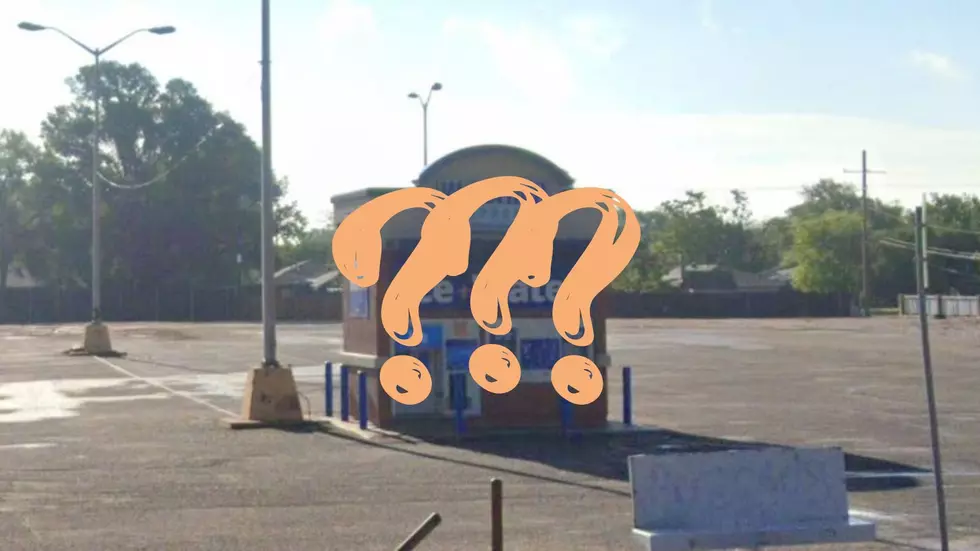
El Nino Is Here. What Kind Of Weather Can We Expect In Amarillo?
There has been a lot of questions as to why we got that unusual amount of rain, seemingly out of nowhere. We were WAY above average for the month and it was completely unexpected.
Now that is seems to be out of the city, we have to wonder if it's gone for good or if there's potential for us to have another run similar to the one we had. Thanks to our friend and partner John Harris over at KAMR, we may have an answer.
El Nino is officially upon us, and Harris believes that it very well could've contributed to the rainfall we've received lately.
“Some of it is due to the fact that we are in the wettest month of the year, which is June,” said Harris. “But then also the enhancement of the atmosphere where we were seeing one storm system after another movement over the top of us probably was something to do with El Niño.”
During El Nino, we typically see wetter and cooler conditions than usual, and all of that has definitely been on display lately. Along with the above average rainfall, we've seen temperature staying nice and mild living in the 80's and low 90's on its best days.
Now, the last couple of days we've been living around 100, and that's to be expected. We aren't FULLY escaping those higher temps, but if El Nino holds true, we won't have as many of those days as we're used to.
So we aren't completely out of the woods when it comes to the rain it looks like, but hopefully it isn't AS bad as its been. If you want more insight on El Nino and what it could mean for the panhandle, watch the short video from John below.
25 costliest hurricanes of all time
LOOK: The most expensive weather and climate disasters in recent decades
More From 98.7 The Bomb








